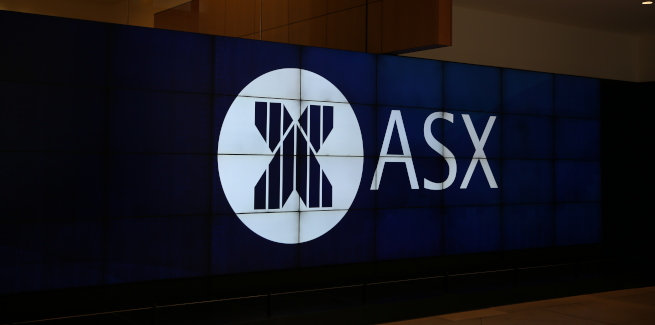The ASX, which has been administering the BBSW since 1 January 2017, has added a volume weighted average price (VWAP) component to its calculation of the key benchmark.
The BBSW is a key measure of the rate at which Australia’s four major banks lend to each other. It is used to provide reference interest rates for Australian dollar derivatives and securities.
Unlike in other countries, the Australian BBSW rate is not directly tied to mortgage rates.
The rate has been revised following several allegations of manipulation and collusion by the banks.
The news came earlier this month after CBA reached an in-principle agreement with the Australian Securities and Investments Commission (ASIC) to settle the legal proceedings in relation to claims of manipulation of the Bank Bill Swap Rate (BBSW).
As part of the in-principle settlement, CBA will acknowledge that, in the course of trading on the BBSW market in Australia on five occasions between February and June 2012, CBA “attempted to engage in unconscionable conduct in breach of the ASIC Act”.
CBA will also acknowledge that it did not have adequate policies and systems in place to monitor the trading and communications of its staff in order to prevent that conduct from occurring.
This comes after the major bank disputed several of the claims laid against it by ASIC.
Two of the other major banks accused of BBSW manipulation (NAB and ANZ) have also settled the BBSW case with ASIC, while Westpac will continue to court.
Due to the activity, the government announced earlier this year that it was increasing the maximum penalty for BBSW manipulation to 10 years jail for individuals and a $10 million fine for corporations.
The new BBSW methodology will bring Australia into line with international best practice and the International Organisation of Securities and Commissions’ (IOSCO) Principles for Financial Benchmarks.
The new methodology will use a “waterfall” that will include three stages: the VWAP calculation, the national best bid and offer (NBBO), and a fall-back waterfall.
One of the key changes is the VWAP calculation methodology, which will be performed over all eligible transactions observed within the rate set window. In addition, a rolling maturity pool will be used to determine the transactions used for calculations at each tenor.
ASIC and the RBA welcomed the new BBSW calculations in a joint statement on Monday.
RBA deputy governor Guy Debelle said: “The new methodology strengthens BBSW by anchoring the benchmark to a greater number of transactions. This should help to ensure that BBSW remains robust.”
ASIC commissioner Cathie Armour said: “A transaction-based BBSW supports the market’s trust in the robustness and reliability of BBSW.”
[Related: Bank Bill Swap Rate rigging to become criminal offence]
